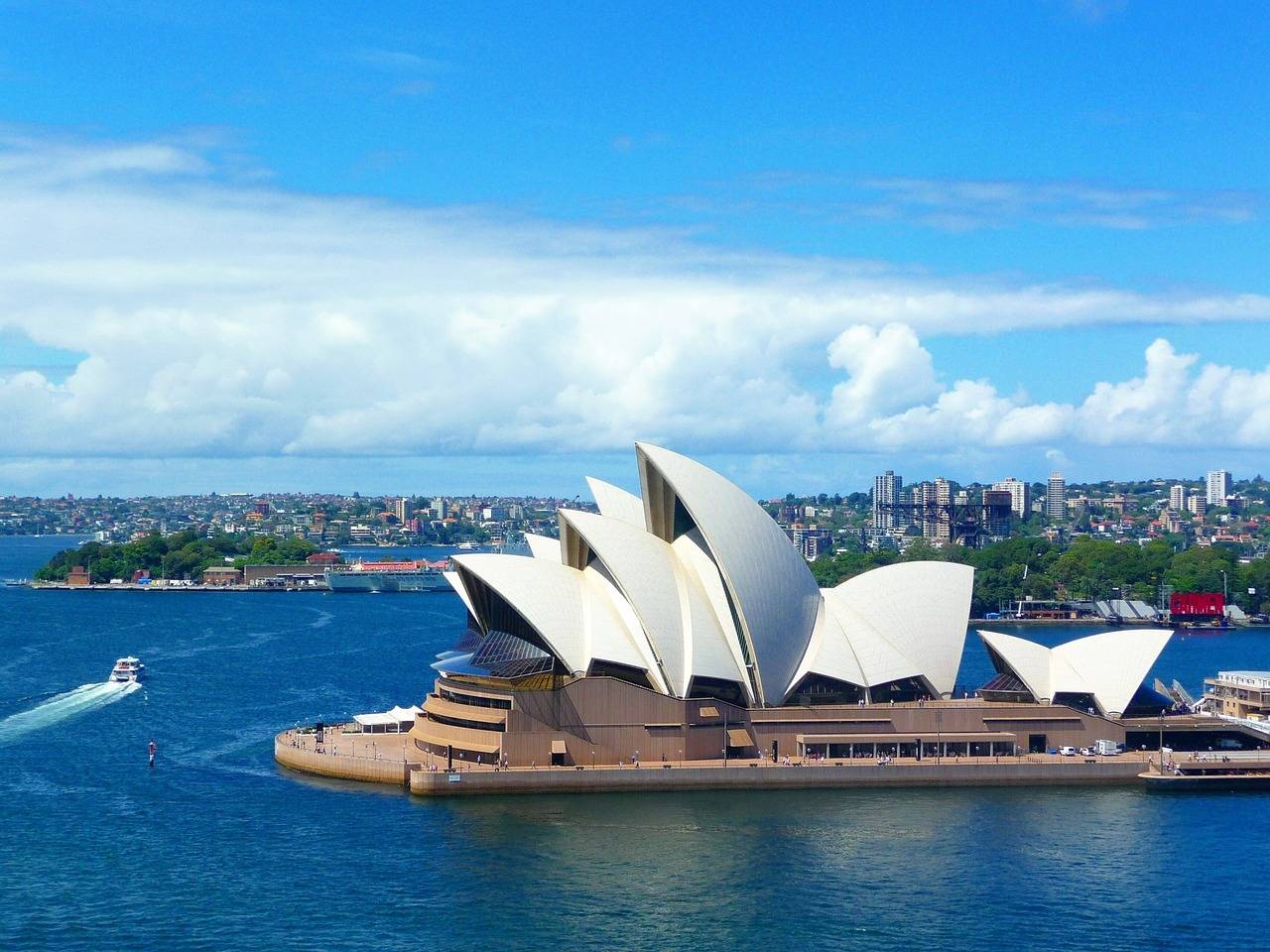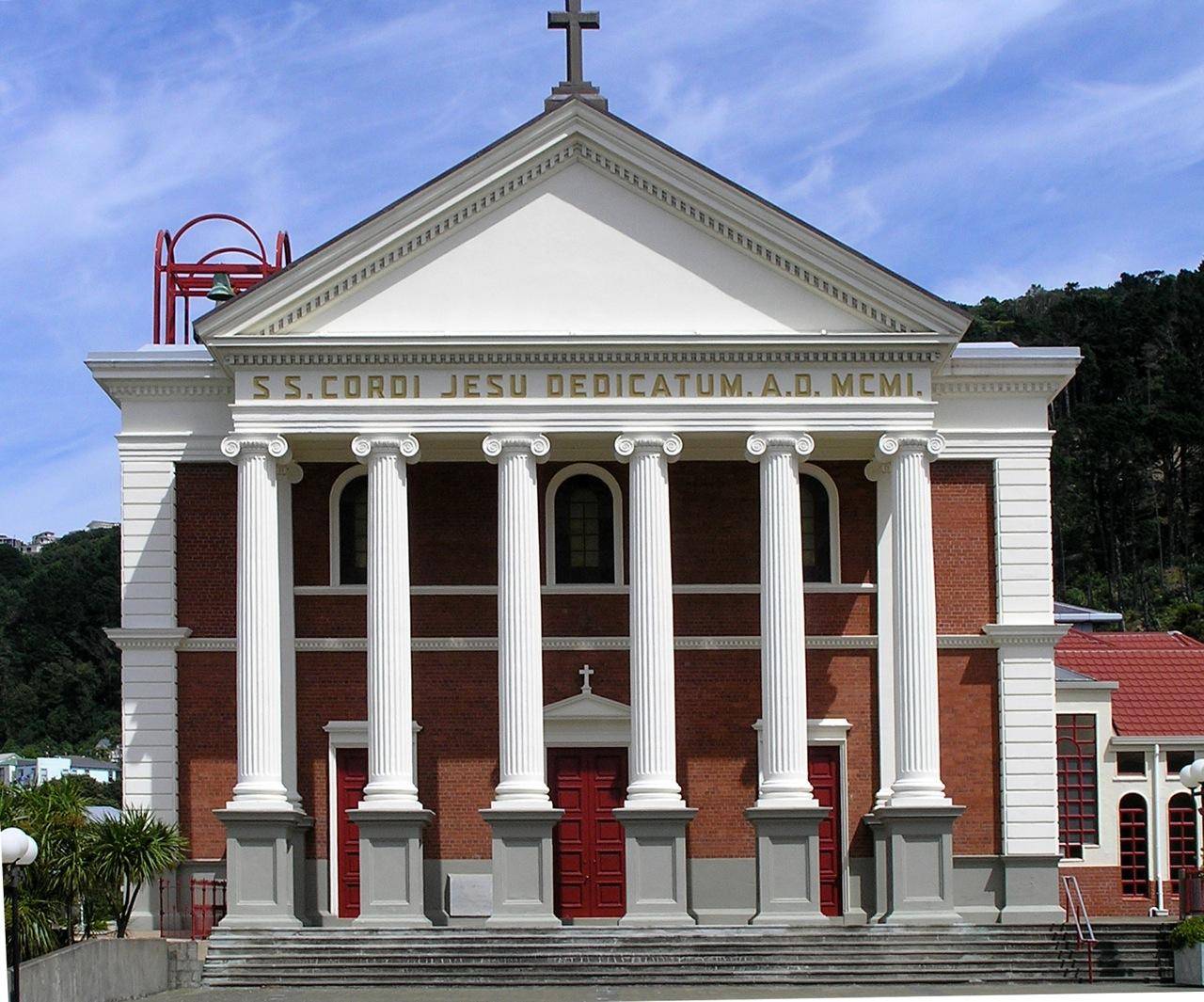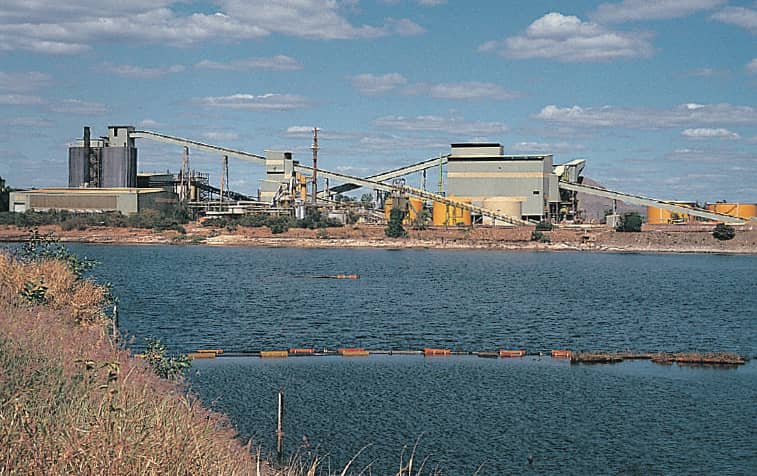SYDNEY — Heading off to celebrate Mass, Father Harold Camonias packs his car with all the necessities, including firewood, water, a sleeping bag, tent and camp stove.
Despite driving the 310-mile round trip on mostly paved roads, he faces many hazards, and he takes great care to zigzag around the kangaroos, snakes and emus that randomly appear in his path.
Passing through tiny towns and remote properties, his dusty Mazda CX-5 takes the twists and turns in the road like he has lived in the bush all his life.
After the long and solitary drive, he arrives and unlocks the church and prepares to celebrate Mass … for one.
Gerry Agnew is the sole parishioner in Leigh Creek, a former coal-mining town with a population of around 200. Living on his own, the 60-something-year-old local arrived from Ireland “many, many, years ago” and remembers a time when it was standing room only at Mass.
With four churches in its heyday, Leigh Creek today only has one nondenominational place of worship used by Camonias and an Anglican minister who visits four times a year.
Camonias is the parish priest of Flinders Ranges in the Diocese of Port Pirie, which occupies more than 378,000 square miles — most of the state of South Australia.
He believes the region should be known as the “soul,” not the center, of Australia and says his vocation is inspired by Catholics like Agnew who, despite receiving the Eucharist only a few times a year, has such strong faith.
Camonias single-handedly provides spiritual direction to fewer than a hundred parishioners stretching across an area slightly smaller than Connecticut. He said he believes it’s God’s will that he spreads the Gospel and leads people into personal encounters and relationships with Christ wherever they are, including Leigh Creek.
“Gerry is the only parishioner who comes to Mass every time I am in town, and more than me ministering to my parishioner, he is the one that always inspires me,” he said. “Yes, I bring to him Jesus present in the Eucharist, but I see Jesus in him in his faithfulness. I admit that it sometimes enters my mind to cancel going all that way out there but, in the end, I always feel I was ministered more by him than by me to him.”
After spending a few hours over a cup of tea and sandwiches chatting about some of life’s complex and not-so-complex questions, Camonias heads home.
Depending on how he feels he may drive all the way or pull over and camp for the night in a tent by the side of the road. After a decade Down Under, he thinks nothing of sleeping under the stars and leaving his life in God’s hands. He also never leaves home without water, first aid kit, sunscreen, mosquito coils and his hat.
The Philippine-born priest says his rural posting has given him the opportunity to not only see the beauty of God’s creation, but also God’s sense of humor.
“I enjoy talking to God in the silence of the place and the beauty of this rugged country,” he said. “Always for me the bonus is to camp in the bush and to dwell in solitude with the Lord. If I’m on the road first thing in the morning, I set up my little table and say Mass; it could be by a river, under a gum tree, or at the base of a mountain. How many priests get to do that?
“When you are in a place like this where the sunset is one of the best, you feel like God’s gaze is indeed for you alone. Whether a priest is called in the city or in the country, as long as they are in the right place and the right disposition of the heart, I think that is what’s important.”
Priests, pastors and preachers have long played a vital role in the lives of people in remote and regional Australia.
Often from the city, they are posted to places they have never heard of and are required to wear many hats dealing with people facing drought, debt, loneliness and mental illness. And with a shortage of clergy, rural priests are already stretched thin among multiple parish assignments and the long hours traveling among parishes.
They have very little time to do anything beyond celebrate Mass and minister the sacraments, something Camonias is acutely aware of. He admits it is challenging evangelizing in the bush and often asks himself if he is becoming the minister the Lord wants him to be.
“There is so much to do in the bush to bring people to God,” he said.
“Ultimately, it is tough to evangelize here; most of the people, especially the young, are away from the church, and I don’t feel I have done much with the unchurched.
“I think of the many stations far away from the town, I haven’t visited them, although I am also aware such visitations could mean taking up a full day alone.
“Then there are the funerals for the locals, and I am always surprised by the number of people who attend, and I ask myself, where do they all come from? But those moments are evangelization moments too, especially with the homily and the welcome you afford to people from all walks of life and to be of assistance to the families; we can only hope and trust God’s grace touches them on those moments.”
Camonias has discovered that while life in the outback is harsh, the people are incredibly hospitable. He said while he makes his new life sound relatively easy, it did take some getting used to.
“When I first arrived, I had some funny moments. I remember a sleepy lizard visited my backyard, and I didn’t know what it was or what to do with it, so I picked it up with a shovel and threw it as far as I could,” he said, laughing.
“The other priest staying with me saw me and, as it happened to be the feast day of St. Francis of Assisi, he looked at me and suggested I be a little kinder to animals.”
Cramsie is a writer and commentator for The Catholic Weekly, newspaper of the Archdiocese of Sydney.















